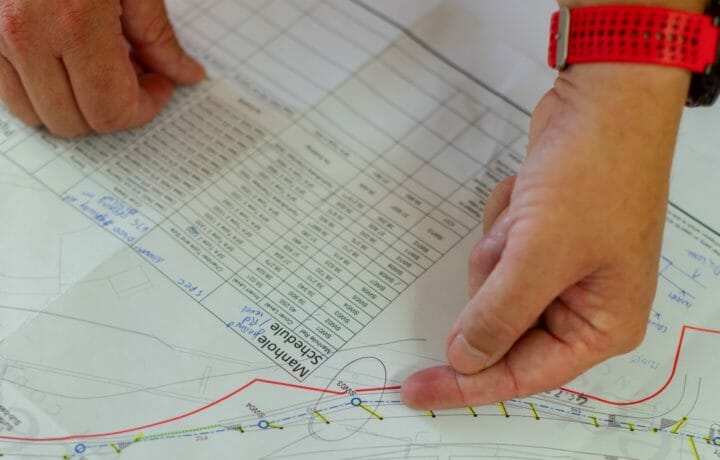According to results from the Office of Personnel Management’s (OPM) 2011 Federal Employee Viewpoint Survey, the quality of leadership in government, though improving from previous years, remains among the lowest of all the workplace sectors. Best Places to Work in the Federal Government released its annual study from the OPM survey and has found that the composite leadership score for the U.S. government has continued to rise, following a trend from 2003. However, government leaders received low ratings on a wide range of categories, such as the ability to generate worker motivation, encourage integrity, manage people fairly, and promote professional development and creativity.
Government leaders received an overall leadership score of 54.9 out of 100. The two major factors that contributed to the low score involved employee empowerment and the performance of senior leaders. Throughout the government, just 46.3 percent of respondents reported they felt personal empowerment in the workplace. In addition, only 42.6 percent of respondents reported they felt that their senior leaders generate high levels of motivation and commitment. Perhaps most concerning, barely half (52.9 percent) of respondents stated that their senior leaders maintain high standards of honesty and integrity, while 53.5 percent reported they have a high level of respect for top management.
Other factors contribute to the overall paltry results. 54.3 percent of respondents rated fairness in their workplace as fairly low. In addition, just 48.6 percent felt that arbitrary action, personal favoritism, and coercion for partisan political purposes were not tolerated. These results fare poorly when compared to the private sector. Employees in the private sector reported greater satisfaction (by 14 points) on the information they receive from management about their organization. They also reported greater motivation (by 14.4 points) generated by their leaders.
The study provided leadership rankings for thirty agencies throughout the federal government. The Nuclear Regulatory Commission, the Federal Deposit Insurance Corporation, the National Aeronautics and Space Administration, and the Department of State ranked the highest, with scores ranging from 72.0 to 61.0. At the bottom were the Department of Housing and Urban Development, the Securities and Exchange Commission, and the Department of Homeland Security, with scores ranging from 49.5 to 47.6.
Despite these results, some positive trends were apparent. First, the 54.9 leadership rating represented was an increase from the previous year’s 54.5, which is part of a larger trend since 2003. Since that time, the overall leadership rating has steadily increased from a score of 49.1. The most dramatic increase in the past year came in the performance of senior leadership, which increased by 40.5% to a composite score of 50.8. While these results are signs of encouragement, the fact remains that strong leadership is a rare phenomenon in the federal government.




